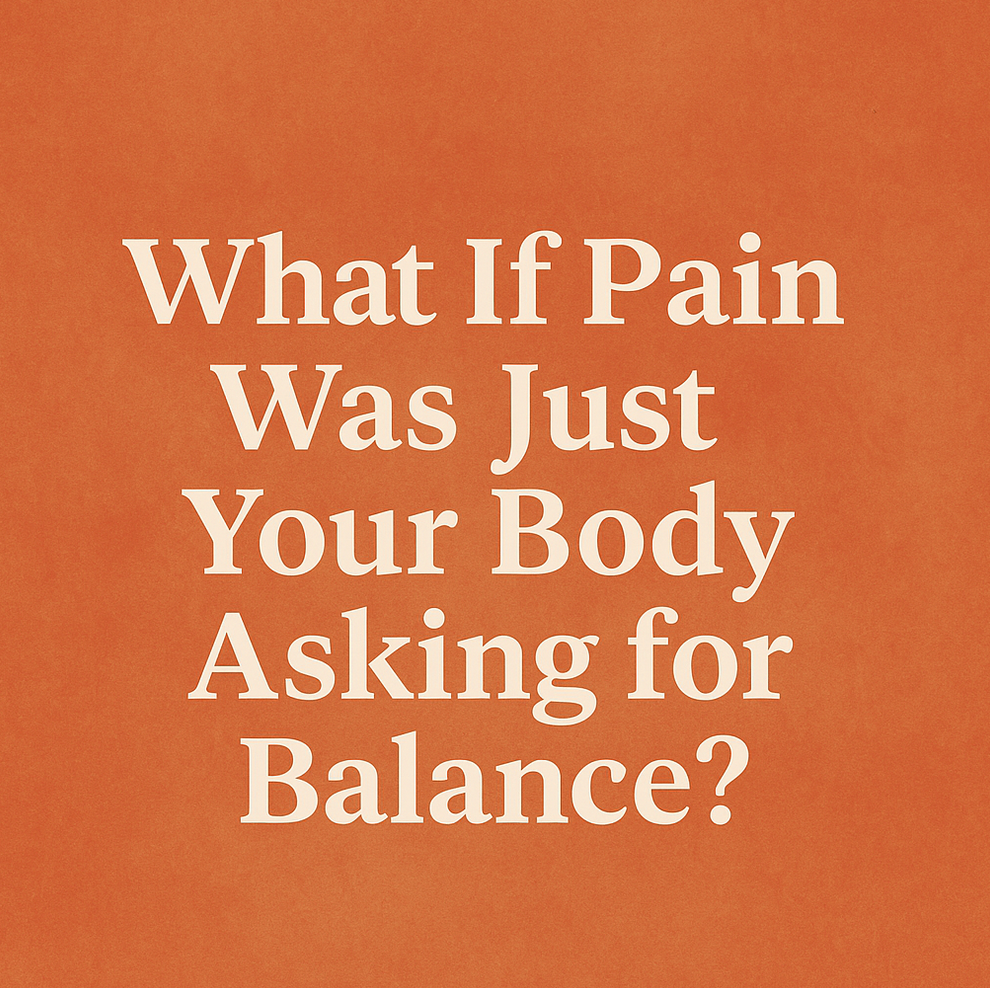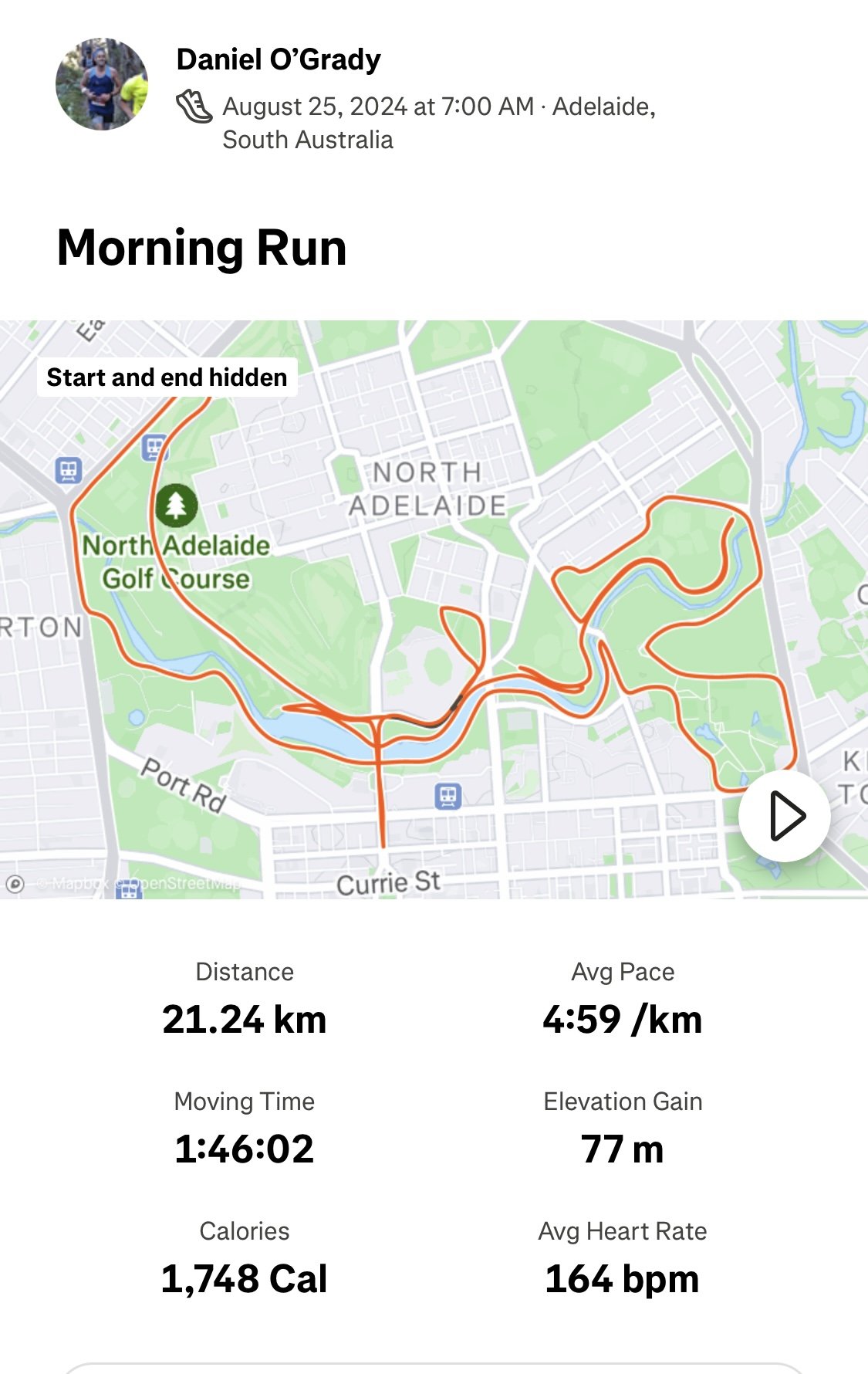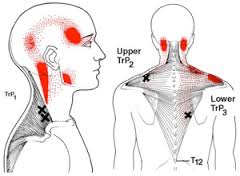10 tips for the NYC Marathon
I’ve been fortunate to run the NYC marathon on a couple of occasions.
Marathon weekend has such a special energy in the city, it’s hard to believe how amazing the support and atmosphere is.
I thought I’d share my top tips for running the NYC marathon below.
Have a great run and please let me know if you have any questions in the comments.
Ride the ferry to Staten Island and enjoy the views of downtown Manhattan. But get there half an hour earlier than your scheduled time. It is REALLY busy and you're better off getting over a little earlier than stressing over missing your start time. Once you get to Staten Island, be prepared for a bit of a wait for the bus.
Run with a pacing group if possible. If you know your average pace and a time you're going for, it makes sense to run with a pacing group. These are led by experienced runners and leave you mentally more free to enjoy the experience.
If you're traveling from overseas, ideally arrive into New York on Thursday evening. That gives you Friday to explore the expo and Saturday to freshen your legs in preparation for Sunday's run. Arriving any earlier will mean standing and walking around more in NYC, which subtlety drains the energy out of your legs, leaving you ill-prepared for race day.
If you've trained with music and headphones, take them with you on race day. 42.2km is a long way. The crowd and atmosphere will definitely inspire you like nothing else. But there are some quieter sections (e.g. Queensborough bride) where a shot of your favorite cheesy motivational music helps you stay focused and get the job done.
Do lots of hill training. While the course is mostly flat, the bridges can sap your energy and strength. Ideally, get in one session per week of hills to build the strength and capacity in your legs. If you can manage this, race day will be a breeze.
Don't worry about which level of the bridge you start on. Still the same views. And no you don't need to worry about waterfalls of urine if you're in the lower level.
Prepare a mantra for when the going gets tough.
My favourites are: “1000% positive”, “Pain is temporary, glory is forever” and “Wounded But Not Conquered”
Do some training runs that mimic the later start time. Try and get your body used to running late morning through to mid afternoon. And do some runs where it is crowded and you have to learn to dodge around people. With 50,000 runners from all around the world, this is a skill you need to practice!
Write your name on your shirt. When you need an extra shot of energy, move over close to the crowd and the New Yorkers will inspire you with their energy and enthusiasm.
The day after the marathon, stumble to Tavern On The Green to collect your copy of the New York Times. Find your name and get your medal engraved with your time.
























